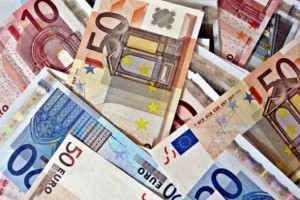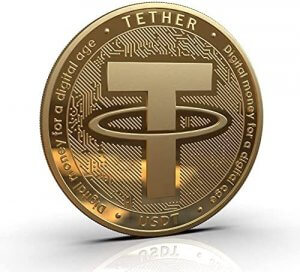EUR reported biggest quarterly decline
The European currency EUR reported biggest quarterly decline at the end of March in its history, as experts expect more heavy quarters in the coming months. The purchasing power of the currency, which is used by 19 countries in the euro area continued to decline, reaching 1.07 EUR per USD. Thus decline to state money […]

 The European currency EUR reported biggest quarterly decline at the end of March in its history, as experts expect more heavy quarters in the coming months. The purchasing power of the currency, which is used by 19 countries in the euro area continued to decline, reaching 1.07 EUR per USD. Thus decline to state money already exceeds 11% since the beginning of the year, making it the first three months of 2015 the worst for European money in history. The decline of the EUR in January-March 2015 will be the fourth consecutive quarterly drop against the USD. The currency also fell around 6.5% against the GBP this year and by 13% against the CHF.
The European currency EUR reported biggest quarterly decline at the end of March in its history, as experts expect more heavy quarters in the coming months. The purchasing power of the currency, which is used by 19 countries in the euro area continued to decline, reaching 1.07 EUR per USD. Thus decline to state money already exceeds 11% since the beginning of the year, making it the first three months of 2015 the worst for European money in history. The decline of the EUR in January-March 2015 will be the fourth consecutive quarterly drop against the USD. The currency also fell around 6.5% against the GBP this year and by 13% against the CHF.
So far, the worst quarter for the euro was between July and September 2008, at the height of the global financial crisis, when the currency fell by 10.5% against the USD. As the EUR went resistance at 1.0752 USD, the experts say the next key targets are 1.0613 and 1.0582 levels. The losses of the currency are stimulated by the launch of the program for the purchase of assets of the European Central (ECB) estimated a total of over 1 trillion EUR. The purchases of the Frankfurt-based institution increase the money supply in the monetary union, thus sending the currency down.
According to many, however, the weakening of the currency is not bad news. On the contrary, the central bank hopes that cheap cash will encourage companies and individuals to borrow and spend more, which in turn pushed up to a record low inflation, which at some places on the continent even have negative dimensions. The EUR went under pressure from expectations that the US Federal Reserve may soon take higher interest rates from the current record low levels, which in turn send more up already high flying US currency.
Taking into account the retreat of the euro, analysts discussed whether and when it will be soon reach parity against the USD. This last occurred in 2002, and before that in 1999, during the presentation of European money.









